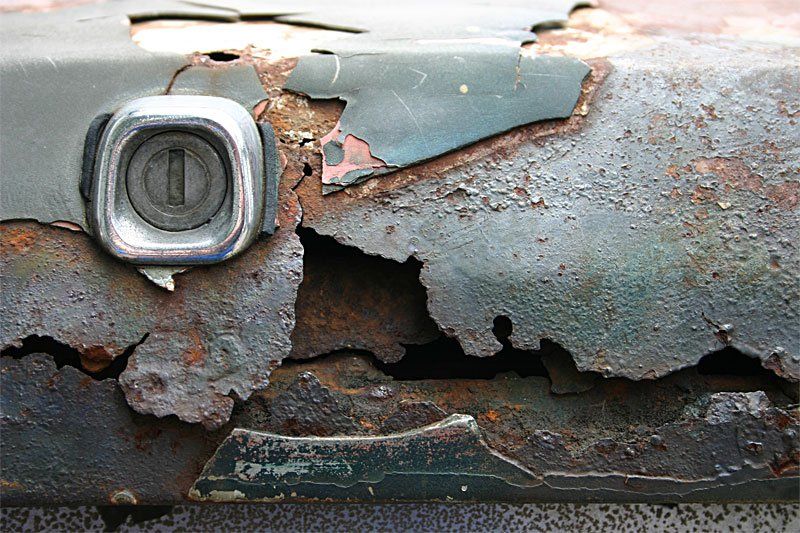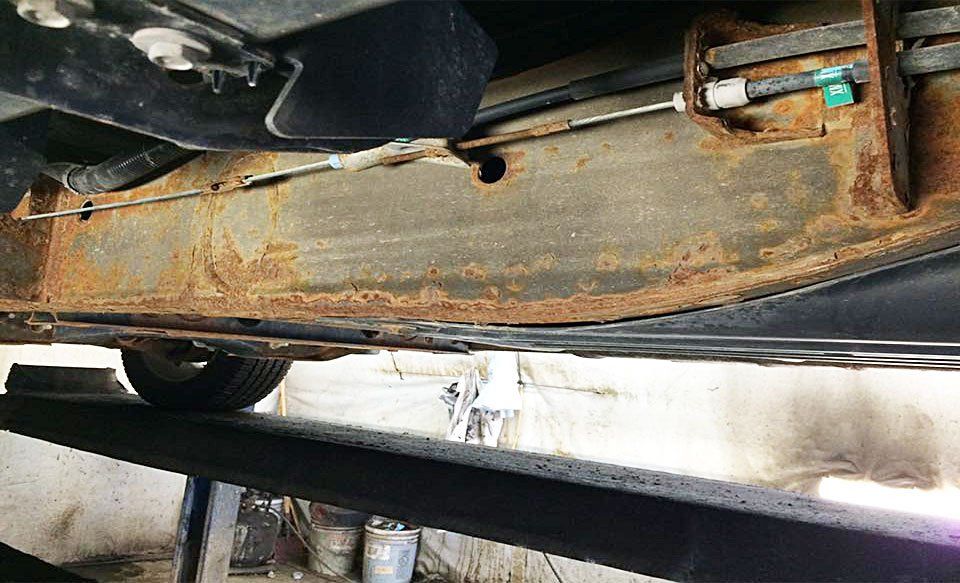WHY IS THERE RUST ON MY CAR?
What you can do & our recommendations.
Surface Rust
It’s those small fender benders and paint chips that expose the metal in the body panels where air and water can begin to rust away your car. When these small dings
are quickly addressed by a professional, they’re relatively easy to address and inexpensive to repair. With the right tools, products, expertise, and experience the rust
is simply sanded off, while the freshly exposed metal gets a new paint job and clear-coat finish to once again seal out the elements.
Surface rust isn’t limited to the parts of a vehicle you can see from the driveway. Exposed areas underneath a car are potential sites for rust. It’s important to have a specialist check for rust. Again, if the rust exists only on the surface, it’s generally not a cause for alarm.

Structural Rust
The parts doing the heavy lifting lie under the skin. Unfortunately, this area of a vehicle is prone to damage from rust-causing chemicals and water, which can accumulate there when you drive down wet or icy roads. Rust only needs a tiny crack in a car’s / truck’s unibody
structure to start compromising the safety of those in and around the car on the road.
Damage to a vehicle’s body structure is repaired all the time. But doing so takes a high level of expertise, and if it’s not done right, you could find yourself in a vulnerable situation during an accident.

What Can You Do?
There are a few tasks you can add to your daily routine to slow down the inevitable rust. The DMV has offered the following suggestions:
- Wax your car before the first snowfall to provide an extra layer of Treat the undercarriage with corrosion protection. Here in Effingham County and southern Illinois, we recommend 3M Cavity Spray found at your local Dust & Son Auto Supplies - let them know Cox's Body Shop says "hi!"
- Wash the vehicle after it encounters lots of snow/salt, making sure it’s dried afterward
- Avoid splashing into puddles or getting near salt trucks